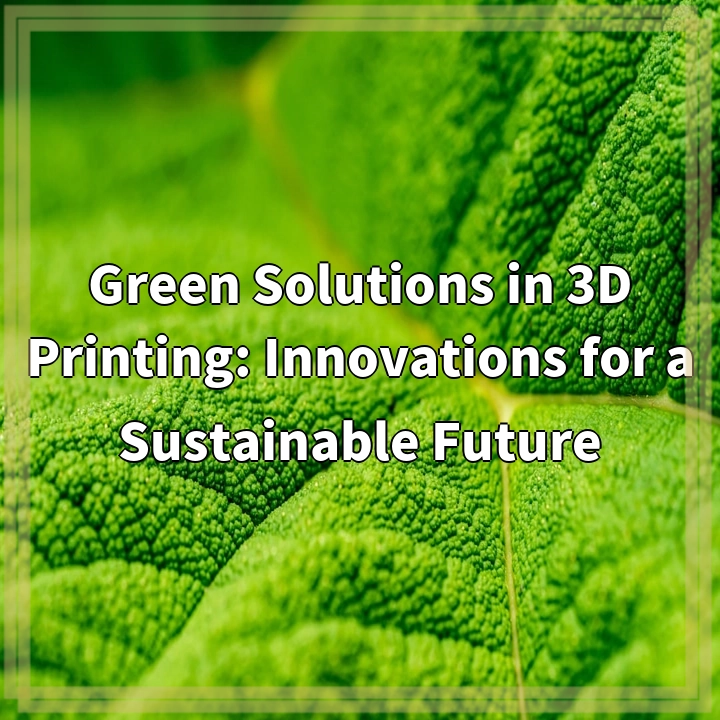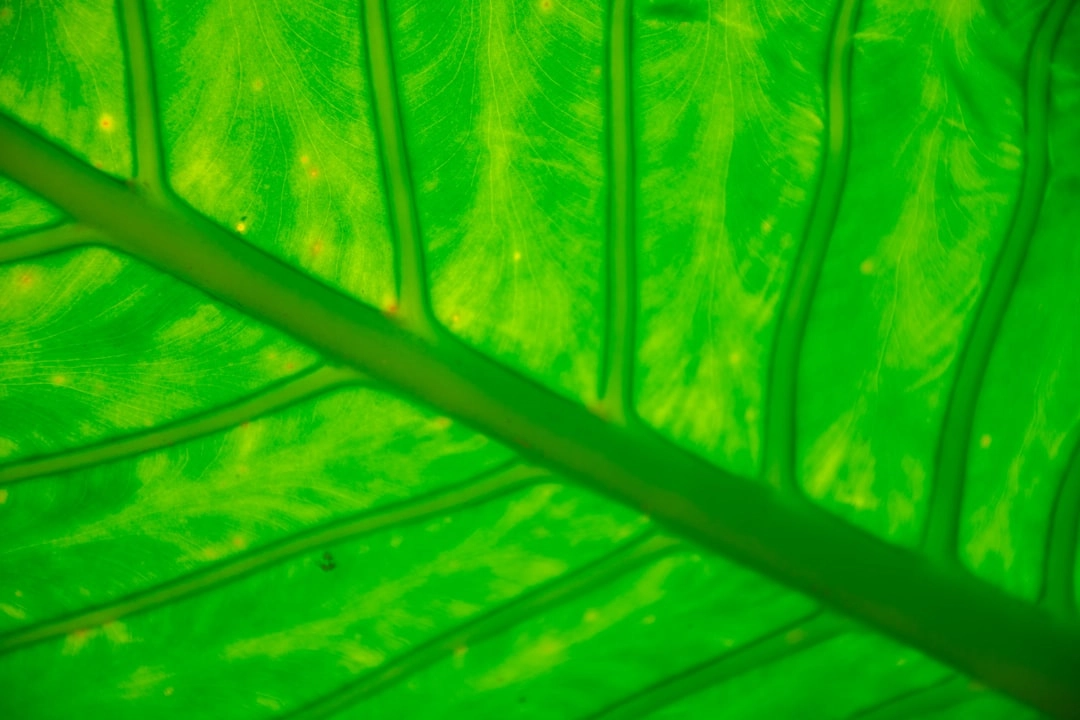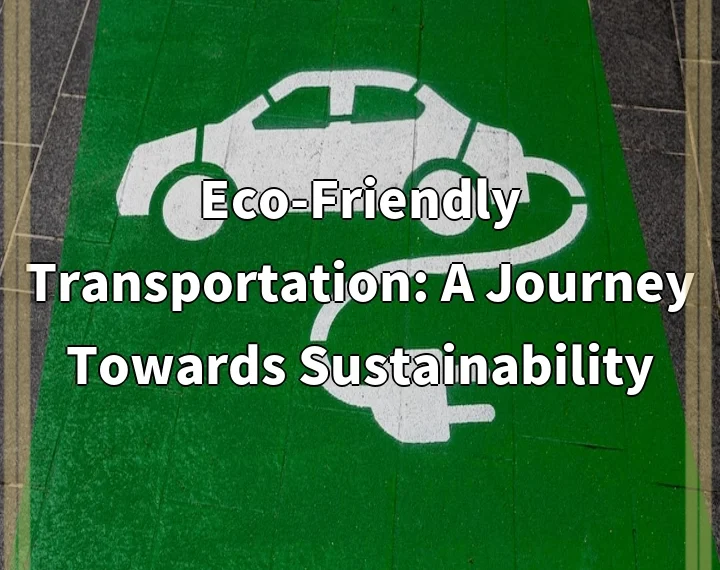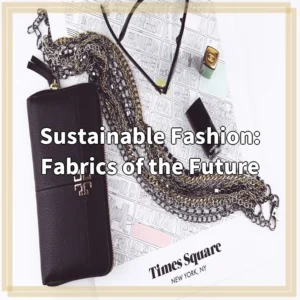
What it is:
3D printing, also known as additive manufacturing, is a revolutionary technology that allows for the creation of three-dimensional objects from digital models. This process employs various materials, including plastics, metals, and even biodegradable substances, layering them incrementally to build intricate designs. One of the most exciting developments in this field is the focus on green solutions, which prioritize sustainability and environmental responsibility. By using eco-friendly materials and reducing waste through precise manufacturing processes, 3D printing holds the potential to significantly lower the carbon footprint associated with traditional manufacturing methods.
Environmental Benefits of 3D Printing
One of the primary green solutions offered by 3D printing is the reduction of material waste. Traditional manufacturing methods often involve subtractive processes that remove material from a larger block, resulting in a considerable amount of waste. In contrast, 3D printing builds objects layer by layer, using only the necessary material for the final product. Furthermore, advancements in bioplastics and recycled materials are making it possible to create sustainable products that can degrade over time, thus minimizing their long-term environmental impact.
Real-world Problems
Despite its numerous advantages, 3D printing still faces several challenges that can hinder its effectiveness as a green solution. One such problem is the environmental impact of the raw materials used in the 3D printing process. While there are biodegradable options available, many commonly used plastics are derived from petroleum, contributing to pollution and environmental degradation. The ongoing reliance on non-renewable resources raises questions about the true sustainability of 3D printing.
Energy Consumption
Another concern is the energy consumption associated with 3D printing. The process can be energy-intensive, particularly for industrial printers that require significant amounts of power to operate. If the energy used comes from non-renewable sources, the environmental benefits of additive manufacturing may be undermined. Transitioning to renewable energy sources is essential to fully realize the green potential of 3D printing.
End-of-Life Challenges
Lastly, end-of-life management of 3D printed objects poses a challenge. While some materials can be recycled, others may end up in landfills, contributing to plastic pollution. Designing products with end-of-life considerations in mind is crucial to ensure that they can be efficiently recycled or disposed of in an environmentally friendly manner.

Summary of Solutions for Green 3D Printing
As the field of 3D printing continues to evolve, several solutions can enhance its sustainability and address the environmental challenges associated with traditional manufacturing. By focusing on innovative practices and materials, the industry can contribute to a more sustainable future.
Utilizing Eco-Friendly Materials
One of the most effective solutions is the use of eco-friendly materials. Transitioning from petroleum-based plastics to biodegradable and recycled materials can significantly reduce the environmental impact of 3D printing. Research and development of bioplastics that can break down naturally offer promising alternatives for more sustainable product creation.
Improving Energy Efficiency
Enhancing energy efficiency in 3D printing processes is crucial. Investing in energy-efficient technology and transitioning to renewable energy sources can decrease the carbon footprint of industrial operations. This includes optimizing printing techniques to reduce energy use during production.
Designing for End-of-Life
Designing products with end-of-life considerations is essential for minimizing waste. Implementing strategies like modular design and easy disassembly can facilitate recycling and reduce landfill contributions. Additionally, establishing effective recycling programs for 3D printed materials can help manage waste sustainably.
Promoting Awareness and Education
Educating consumers and manufacturers about the benefits and limitations of green 3D printing technologies can promote responsible practices across the industry. Greater awareness can drive demand for sustainable options and encourage innovation in eco-friendly materials and processes.















